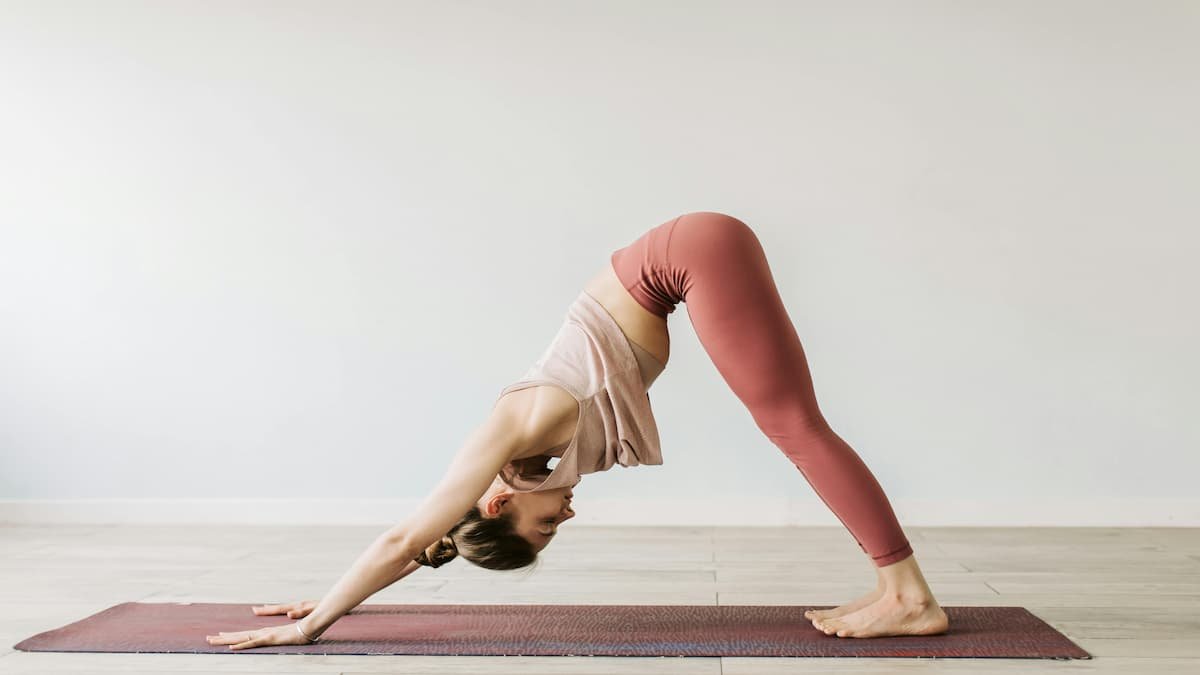Introduction
In a world captivated by the allure of high-intensity workouts and advanced fitness trends, the timeless simplicity of walking remains an unsung hero in the realm of well-being. Beyond being a mundane means of locomotion, walking emerges as a holistic and accessible exercise that extends its tendrils into various aspects of physical and mental health. In this exploration, we will delve deeper into the multifaceted benefits of walking, unraveling its nuanced impact on our bodies and minds. Prepare to embark on a journey where each step isn’t just a movement; it’s a stride toward a healthier, more vibrant life.
The Physical Symphony of Walking
Physical Fitness and Weight Management
Walking is essentially a tribute to movement, a harmonious collaboration between muscles, joints, and the cardiovascular system. Although it may not possess the exhilarating intensity of certain workouts, the advantages of walking are significant. This form of exercise is gentle on the joints due to its low-impact nature, yet it surprisingly delivers an effective cardiovascular workout. Engaging in a brisk walk stimulates major muscle groups, facilitating calorie burning and aiding in weight loss or weight management. Apart from walking, Jogging helps in your weight management plan. Also, including Amla, Carrots, and Flaxseed in your diet will synergically work together to attain the goal of weight reduction.
Heart Health
The heart, our ever-pulsating engine, finds a devoted ally in walking. This seemingly simple activity strengthens the heart, enhances circulation, and is pivotal in managing blood pressure and cholesterol levels. Studies consistently show that regular walking significantly reduces the risk of heart disease and stroke, making it a fundamental practice for cardiovascular health. Many studies indicate that intensity, not the duration of walking is most important concerning all causes of mortality (Peter Schnohr et al., 2007). Hence, it is better to walk intensively than walking slowly.
Benefits of Walking Include Bone Health
Walking is a weight-bearing activity that plays a significant role in the development and preservation of strong bones. Unlike high-impact exercises, the repetitive motion of walking exerts minimal pressure on the joints, making it an excellent option for individuals who prioritize joint health or suffer from conditions such as arthritis. The consistent impact of each step promotes bone density, strengthening the body against ailments like osteoporosis and decreasing the likelihood of fractures.
The Mental Tapestry Woven by Walking
Now let us explore the cognitive benefits of walking.
Mental Well-being
The correlation between physical activity and mental health has been extensively studied, and walking serves as evidence of this relationship. Engaging in walking triggers the release of endorphins, which are the body’s natural mood enhancers, resulting in a feeling of overall well-being and a reduction in stress and anxiety levels. It is not solely a physical activity but also a meditative experience that enables individuals to temporarily escape the pressures of daily life, promoting mental relaxation and revitalization.
Boosting Creativity
Walking, it turns out, is not only a forward motion but a catalyst for creative thinking. The rhythmic pace, combined with exposure to nature or a change in surroundings, has been linked to enhanced creativity and improved problem-solving skills. As each step falls into place, so do the pieces of innovative ideas and fresh perspectives.
Social Connection
In the era of digital communication, the importance of face-to-face interactions cannot be overstated. Walking provides an opportunity for genuine social connection. Whether it’s a stroll with friends, a family outing, or a solo exploration, walking fosters relationships, communication, and a sense of community. Social bonds forged during a walk contribute significantly to emotional well-being, providing a support system that can be instrumental during challenging times.
Improved Sleep Quality
The rhythm established during a walk carries into the realm of sleep. Establishing a routine of regular physical activity, such as walking, has been proven to improve sleep patterns. The combination of physical exertion and the release of endorphins helps regulate sleep-wake cycles, making it easier to fall asleep and promoting deeper, more restful sleep.
Enhanced Immune Function
Walking contributes not only to mental and cardiovascular health but also to the body’s defense mechanisms. Moderate exercise, including walking, has been associated with a stronger immune system. Regular physical activity supports healthy circulation and the efficient functioning of immune cells, providing a formidable defense against illnesses and infections.
Increased Lifespan
The cumulative impact of these varied benefits extends beyond the present moment, influencing the length and quality of one’s life. Studies consistently reveal that individuals who engage in regular physical activity, such as walking, tend to live longer. It’s not merely about adding years to life but about adding life to years, ensuring a vibrant and active existence well into the later stages of life.
Walking: An Accessible Elixir
Cost-Effective and Accessible
In a world where high-tech fitness gadgets and exclusive gym memberships often take center stage, walking stands as a beacon of accessibility. It requires no special equipment, no membership fees, and no complicated routines. Whether you find yourself in the heart of a bustling urban landscape or amidst the serenity of nature, walking is a customizable and adaptable exercise that accommodates individual preferences and lifestyles.
Conclusion
In a society captivated by the allure of the extraordinary, the ordinary act of walking emerges as an extraordinary agent of change. It’s not just about covering distances; it’s about bridging the realms of physical and mental well-being with each step. From the intricate dance of muscles and joints to the symphony of neurotransmitters in the brain, walking orchestrates a holistic composition of health.
As we lace up our sneakers and tread the path before us, let us be reminded that the benefits of walking extend far beyond the physical. It’s a journey that traverses the landscapes of our bodies and minds, weaving a tapestry of health, vitality, and connection. So, embrace the simplicity of walking, and with each step, stride confidently into a healthier, more vibrant tomorrow—a future where the rhythm of your walk echoes the beat of a life well-lived.



